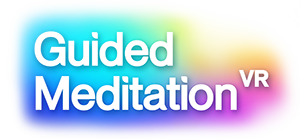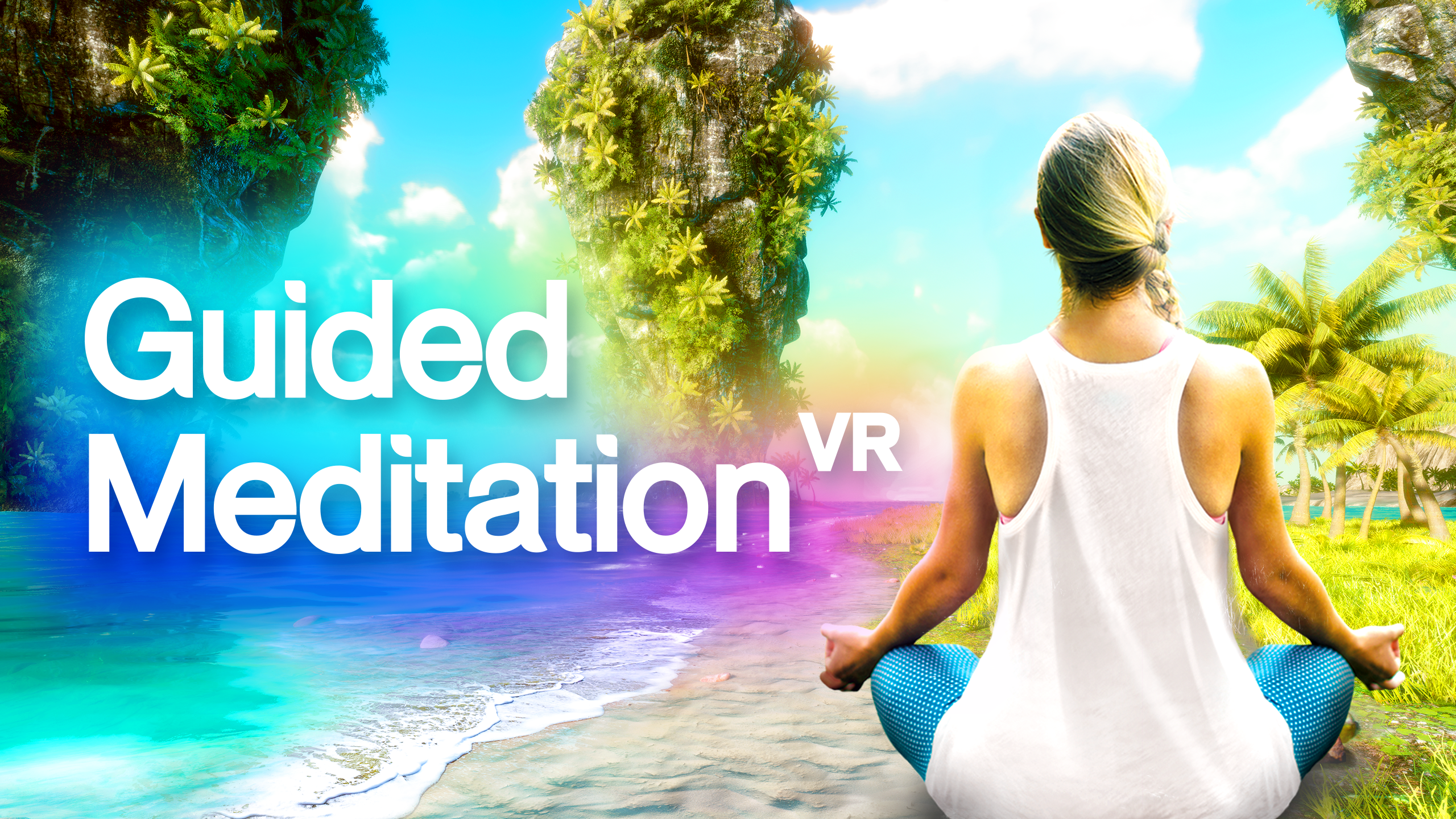- /
- Meditation
- /
- Zen
- /
- Zen Meditation 05
Session 5/10
Transcript
Zen Meditation Course 5 – Finding Stability
Welcome to session 5.
I hope now that you’re feeling a certain familiarity about getting into the preludes, if you like, to meditation. What I mean by that is that you’re finding a sitting position that is well adjusted and comfortable, and that when you actually take the posture, your mind takes the posture with you. You switch from an external focus to more of an internal one, simply by taking the posture of meditation.
So, sitting now, on either the chair or the floor. Place your hands in the cosmic mudra, palms up, one over the other, with thumbs lightly touching. Let your shoulders relax so that your hands are comfortable on your lap. This placing of the hands also affects the mind, helping it to find that quieter place.
Just check your body, making sure your back is straight, without tension. Adjust yourself however you need to; you can rock from side to side or back to front if you like. That can help to just settle you and find that place that feels right.
Take a couple of long breaths; in through the nose and out through the mouth. On the out breath, just visualise all tensions and concerns dropping away.
Your eyes are open, and just gaze at what you’re seeing in a relaxed way. You see it, and there’s no need to do anything else but see it. Just see it as it is, without labelling anything. You can keep your focus soft, but still seeing.
Let’s breathe for a while now; and for the first two breaths, feel those breaths completely. As you inhale, feel the air entering your nostrils, and your diaphragm rising. Feel it expanding your upper body.
Note that pause as the breath turns around, and then watch it as your diaphragm relaxes and the air leaves you.
You can continue visualizing it in this way, if you want to. Or you can focus on just one place if you prefer. The tip of the nose, or the navel area, perhaps. Just being aware of that breath as it comes in and out of the body.
(Ten breaths here)
We aren’t forcing our breathing, just letting it find its own pace. You may find that as you relax and let it alone, it gets deeper and longer, all by itself. You might even sigh, occasionally.
As thoughts come, there’s no need to engage with them. And there’s no need to push them away. Just notice them and let them dissolve all by themselves.
We’ll sit for a few more breaths, now.
(Ten breaths).
So, you already have a stability and calmness in the physical posture you’re sitting in. Your focus on your breathing adds to that. It’s like the breath is a gateway linking your body and your mind. And when your mind wanders and you realise it, it can be good to just link up again with the physical sensation, as a reminder of that stability. Just physically being aware of the feeling of sitting on the chair, or the floor. Check the rest of you, maybe you need to adjust slightly. Then link back to the breath. Breathe and be aware of yourself, right here in this room, right now.
(Another ten breaths).
So there’s a kind of cumulative effect going on here. The whole body, breath and mind thing. You sit like a mountain, that’s one kind of stability. You become aware of the breath, and as that deepens you add more stability. Not so deep that you wander off into a daydream, though. Remember that you need to have a certain energy of awareness, too. As I mentioned before, not too loose and not too tight. Then the mind won’t leap around so much, and it can settle down as well. It may chatter for a while, but don’t concern yourself with that, just bring your attention to the breath again. Let’s sit for a little longer, now.
(Another five to ten breaths)
I talk about stability, and really what it means is that over time if you continue this practice, you may find that there is an increasing feeling of an underlying equanimity in your daily life. Below the surface almost, but it’s definitely there. The kind of equanimity that allows you to be just a little bit more objective. So when, for instance, someone says something to wind you up, instead of lashing out, you’re just able to catch yourself for one split second. And in that split second you find you have a choice. A choice between an appropriate response and a conditioned one. I’m not saying you’ll make the right choice, but you will know you have one. That can be quite useful, sometimes.
So now you can let go of your focus. See how the body is. Relaxed, any discomfort anywhere? Take your time about getting up. When you go now into your next activity of the day, just see if you can remember to notice your breathing from time to time. Just a few seconds down time in your busy day. Then move on to whatever happens next.
See you again, in the next session.
”When you go now into your next activity of the day, just see if you can remember to notice your breathing from time to time. Just a few seconds down time in your busy day. Then move on to whatever happens next.


